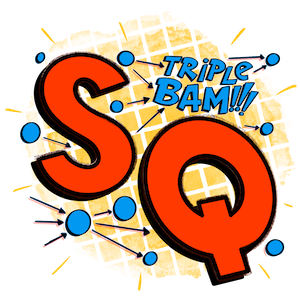NOTE: This StatQuest is brought to you by these awesome people who support StatQuest at the Double BAM level: S. Cogorno, S. Ágoston, M. Steenbergen, S. Kundapurkar, JWC, J. Le, D. Greene, Z. Rosenberg, H-M Chang, G. Cia, Losings, F. Pedemonte, S. Song US, L. Cisterna, J. Alexander!
